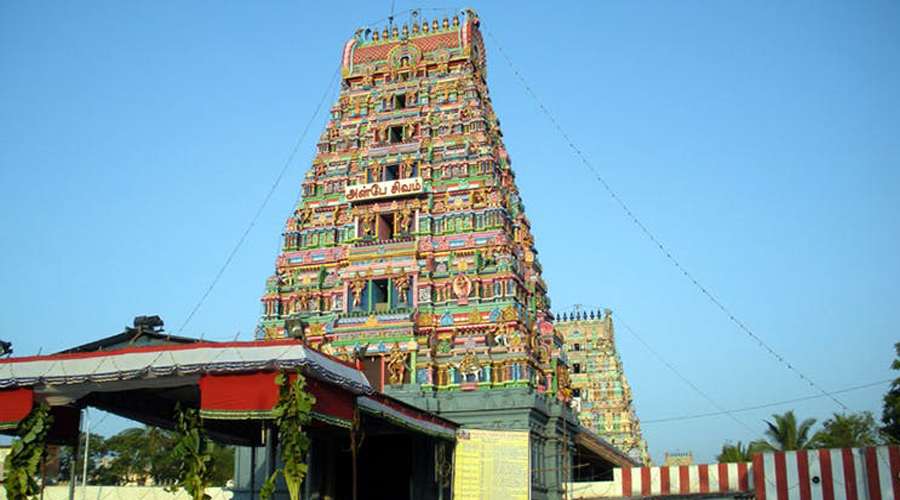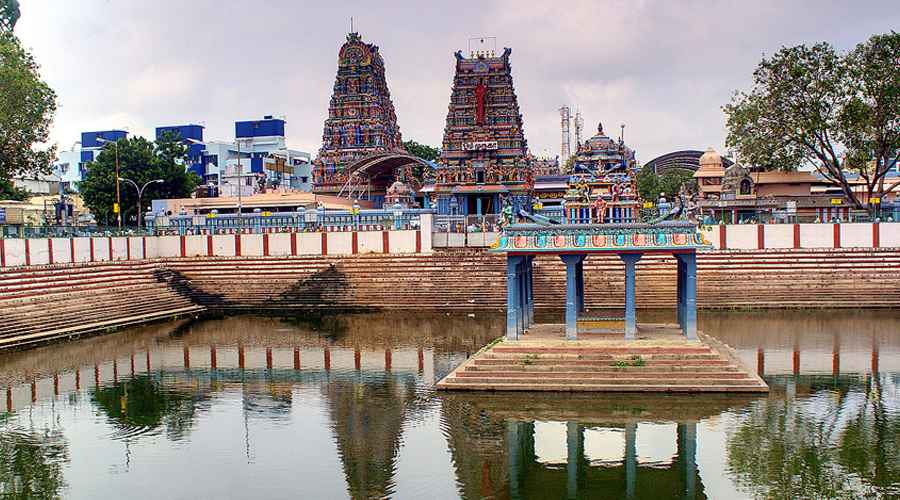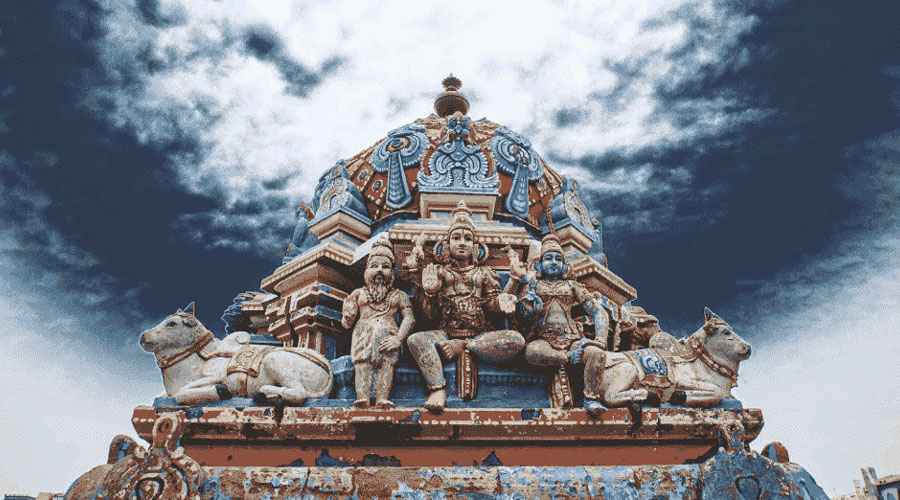Standing majestically in the heart of Old Delhi, the Jama Masjid is one of India’s largest and most celebrated mosques. Commissioned by Mughal Emperor Shah Jahan between 1644 and 1656, this magnificent monument remains a living testament to the artistic brilliance and architectural ambition of the Mughal era. Beyond its physical grandeur, Jama Masjid is steeped in spiritual and cultural significance, drawing worshippers and visitors from around the world.
Historical Context and Construction
The Jama Masjid—originally called the Masjid-i-Jahan-Numa, or “World-reflecting Mosque”—was built at a time when Shah Jahan was transforming Delhi into his new imperial capital, Shahjahanabad. The mosque was intended not only as the principal place of prayer for the emperor and his court but also as a public symbol of Mughal power, wealth, and devotion to Islam. Construction took over six years and involved more than 5,000 skilled artisans.
Overlooking the city from a raised plinth, the mosque dominated the skyline of Old Delhi alongside the nearby Red Fort. The project underscored Shah Jahan’s vision of integrating religious, political, and urban elements within the city’s design.
Architectural Splendor
Jama Masjid is an architectural masterpiece that exemplifies the fusion of Indo-Islamic styles—combining elements of Persian, Islamic, and indigenous Indian designs. The imposing structure features:
- Red Sandstone & White Marble: The mosque is primarily built from red sandstone, generously inlaid with white marble—a hallmark of Mughal architecture.
- Three Grand Domes: The main prayer hall’s roof is crowned by three bulbous marble domes with black stripes, creating a striking visual against Delhi’s skyline.
- Two Towering Minarets: Standing at approximately 40 meters high, the pair of minarets flank the mosque and are adorned with alternating bands of red sandstone and white marble.
- Expansive Courtyard: The vast courtyard can accommodate up to 25,000 worshippers, making Jama Masjid one of the largest congregational mosques in India.
- Ornate Calligraphy and Decoration: Quranic verses and intricate floral motifs embellish its arches, domes, and entrance gates, showcasing skilled Mughal craftsmanship.
Layout and Entrances
Jama Masjid is approached by three grand gateways—north, south, and east. Historically, the eastern gate served as the royal entrance, used exclusively by the emperor and his retinue. Wide flights of steps lead up to each entrance, emphasizing the mosque’s lofty stature. Once inside, visitors find themselves in the enormous courtyard, ringed by arched colonnades that create a serene environment for prayer and reflection.
The main prayer hall, on the western side facing Mecca, is elevated and framed by eleven arches. The central arch is higher and more ornate, marking the principal entry for worshippers. At the mosque’s northern gate, a treasure cabinet is said to house historical relics, such as a Quran written on deerskin and hairs from the Prophet Muhammad’s beard.
Cultural and Spiritual Hub
Jama Masjid is not only a marvel of architecture, but also a vibrant hub of religious and social life. It serves as Delhi’s principal mosque for Friday prayers, Eid celebrations, and special religious gatherings. At these times, the mosque comes alive as thousands gather in the courtyard, united by faith and tradition.
Surrounding the mosque is the bustling area of Chandni Chowk, renowned for its labyrinthine lanes, food stalls, and markets. This vibrant neighborhood provides a sensory-rich pilgrimage experience, blending spirituality with the day-to-day life of Delhi’s old city.
Preservation and Significance
Recognized as an architectural treasure, Jama Masjid is maintained by the Archaeological Survey of India. Conservation efforts focus on preserving its delicate marble inlays, intricate calligraphy, and overall structural integrity, ensuring that future generations can continue to marvel at its splendor.
Over the centuries, the mosque has witnessed Delhi’s transformations—from Mughal grandeur and colonial upheavals to the bustling metropolis it oversees today. It has stood resilient through conflicts and restoration, always serving as a place of solace and unity.
Conclusion
The Jama Masjid stands as a timeless emblem of faith, artistic achievement, and cultural confluence. Its grand proportions, elegant detailing, and enduring atmosphere make it an essential destination for those seeking to understand India’s historical narrative and spiritual diversity. For both worshippers and visitors, Jama Masjid is more than a monument—it is a sanctuary, a story in stone, and a living legacy at the very heart of Delhi.


